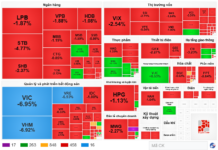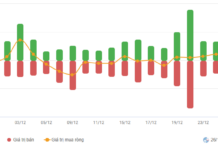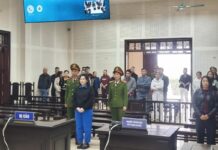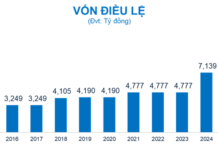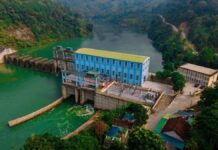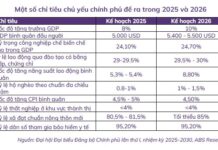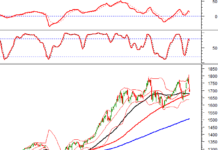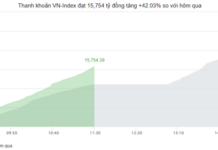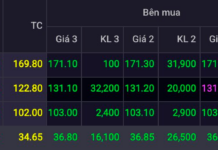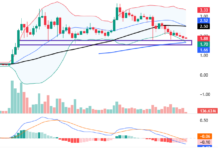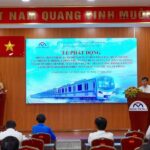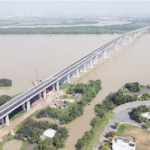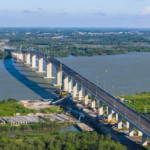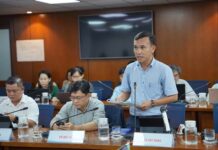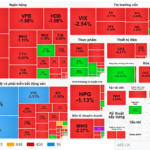The move is based on the proposal of a company, with unanimous support from the Department of Finance, Department of Construction, and other relevant agencies.
Previously, Ho Chi Minh City had been planning the Phu My 2 Bridge and Road project to connect the southern area of Saigon with Long Thanh Airport.
The project is expected to span approximately 16.7 km, featuring 6 lanes for motorized vehicles and 2 lanes for non-motorized vehicles, with a total investment of over 21,484 billion VND. The route begins at Nguyen Huu Tho Street, passes through Hoang Quoc Viet and Dao Tri Streets (former District 7), crosses the Dong Nai River, and connects to Lien Cang and 25C Roads (Dong Nai Province).
According to the preliminary design, the project will include elevated sections and multi-level structures.
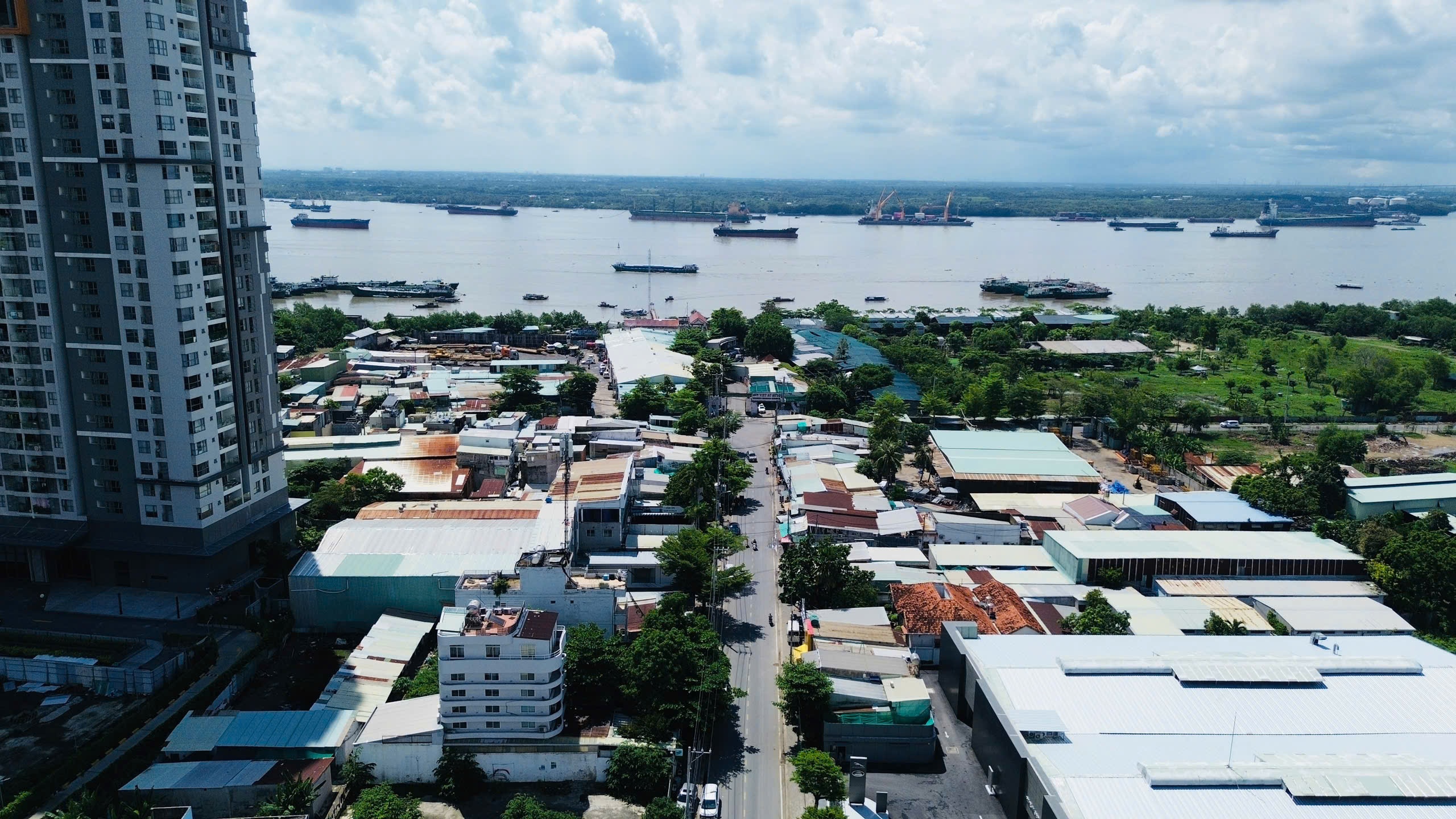
The area where Phu My 2 Bridge will pass through. Photo: DT
|
The People’s Committee of Ho Chi Minh City has requested the proposing company to self-fund (without using the city’s budget) the research and preparation of the project investment proposal report. The deadline for submitting this report to the competent authority is 12 months from October 31.
If the investment proposal report is not approved by the competent authority after evaluation, or if the company fails to complete the proposal within 12 months, it will be considered a withdrawal from the project, and the company will bear all associated costs.
Assigning the task of preparing the investment proposal report does not guarantee the company will be designated as the project investor. The People’s Committee will select the investor in accordance with current legal regulations.
The Department of Finance is tasked with guiding the company in preparing and submitting the investment proposal report for evaluation, in collaboration with the Department of Construction, Department of Agriculture and Rural Development, and other relevant agencies, ensuring compliance with current regulations.
The Department of Agriculture and Rural Development of Ho Chi Minh City is responsible for coordinating with the investor and the Department of Agriculture and Rural Development of Dong Nai Province to determine the land fund for exchange, as required by law, in case the project is implemented under a BT contract.
The Department of Planning and Architecture will lead the effort to adjust local planning schemes (if necessary) affected by the project, in collaboration with the Department of Construction and relevant district People’s Committees, ensuring alignment with the investment proposal timeline.
NHU NGOC
– 21:35 02/11/2025
Unlocking the Future: 8 Mega Bridge & Road Projects Pave the Way for a 20 Million-Strong Super Metropolitan Region
These transformative projects will catalyze regional infrastructure development, driving unprecedented growth and connectivity.

